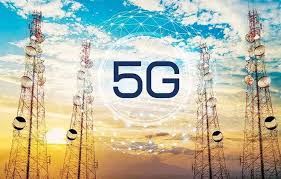Millimeter Wave : For 5G rural connectivity

The Centre for Development of Telematics (C-DOT) and the Indian Institute of Technology-Roorkee (IIT-Roorkee) have signed an agreement under the Telecom Technology Development Fund (TTDF) scheme of the DoT with the development of a “millimeter wave transceiver for 5G rural connectivity”.
- Millimeter Wave refers to electromagnetic waves with frequency between 30-300 GHz and wavelength between 10 mm and 1 mm.
- Its frequency spectrum is used for wireless high-speed communications. It is also known as the extremely high frequency, or EHF, band by the International Telecommunication Union.
- It enables higher data rates compared with lower frequencies when used in telecommunications, such as those used for Wi-Fi and current cellular networks.
- The higher frequency range has a high tolerance for bandwidth.
- It offers less latency due to its higher speeds and bandwidth.
- There is less interference, as mm waves don’t propagate and interfere with other neighboring cellular systems.




